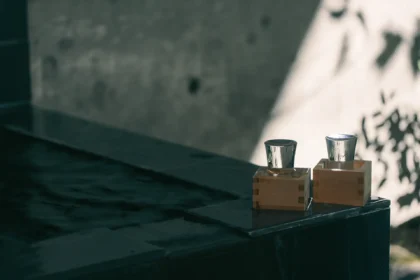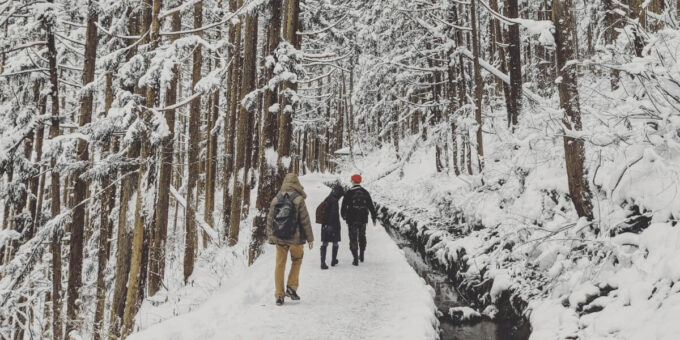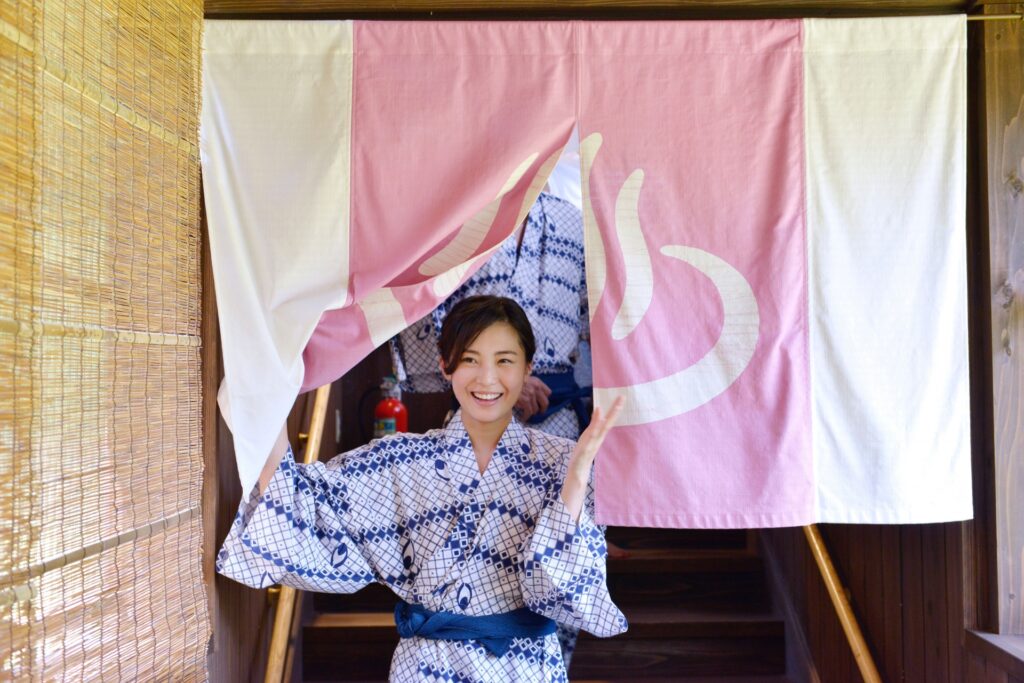
Japan’s natural hot springs offer a delightful blend of relaxation, cultural immersion, and stunning landscapes. If you're preparing for your first onsen visit, it's essential to understand the etiquette that accompanies this cherished tradition. This guide will walk you through the basic rules, preparation tips, and some of the best onsen locations in Japan—all while embracing the rich tapestry of Japanese culture.
In this guide we will answer the following questions:
-- What are the basic rules of onsen?
-- What to consider when bringing children to onsen?
-- What are the most important steps when visiting an onsen?
-- What is the best way to relax in an onsen?
溫泉的基本規則
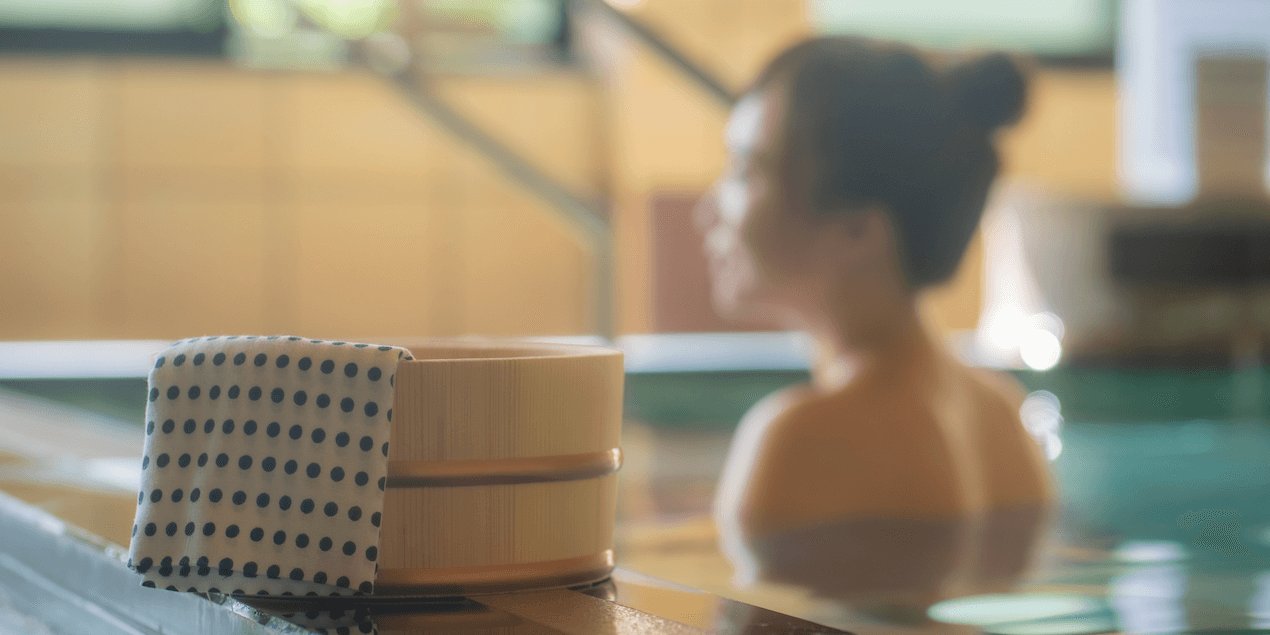
While there is certainly an onsen etiquette, it is not as strict as many imagine rather just a few basic rules to ensure the comfort and enjoyment of guests and maintain the cleanliness of the hot spring. Importantly, if you have one ore more tattoos, you should check whether you are allowed into an onsen before undressing and entering the water.
第一次進入溫泉可能會有點嚇人。但不要擔心。只要你遵守這些基本規則,你就會完全好起來:
Cleanliness is Key: Before entering any onsen, you'll need to wash yourself thoroughly. Most onsen facilities provide shower stations with stools, handheld showers, soap, and shampoo. Take your time to ensure you’re completely clean—this is non-negotiable in onsen culture.
Although it is important to clean yourself prior to entering the hot spring, you must never wash yourself once you have entered the onsen waters.
No Swimwear: Onsen are typically enjoyed in the nude. This may be a significant cultural shift for some travelers, but remember, it’s about embracing the experience. Most onsen will have separate areas for men and women, ensuring privacy, and many modern onsen hotels offer rooms with private hot spring baths for those who do not wish to bathe in a public setting. So, do not wear any clothing into the onsen water (unless you are told it’s acceptable).
Towels: Use with Care: You'll be provided with a small towel—called a "tenugui." This towel is for washing your body, but not for entering the water. When you head to the hot spring, leave the towel outside the bathing area or place it on your head to avoid contaminating the water. Similarly, do not put anything else into the onsen water.
Keep Noise to a Minimum: Onsen are places of relaxation and tranquility. Speaking softly and refraining from loud laughter or shouting is essential. It is important to respect the space and be mindful of other guests by not splashing, swimming, or otherwise causing a disturbance. If the onsen is busy, try to keep your distance and give others their space to enjoy the soak.
Do Not Drink Alcohol: Never take alcohol into the onsen (unless you are told it’s acceptable). Additionally, it's important to remember that hot spring waters are often around 34°C (93.2°F) - 41°C (105.8°F), with some being upwards of 42°C (107.6°F). Prolonged soaking in these high temperatures, especially combined with the effects of alcohol can have adverse effects on your body. Therefore, it is often recommended to limit your time in the onsen to around 30 minutes and to not consume alcohol prior to entering an onsen. It is very important to listen to your body; the heat can be intense!
TRAVEL TIP! It is recommended to remove all jewelry before entering an onsen. The high mineral content of the hot springs will likely damage your jewelry. So please remember to take off all jewelry, including wedding rings, prior to entering the onsen waters. Most onsen hotels have lock boxes located in your room for this purpose.

SPECIAL CONSIDERATIONS FOR PARENTS
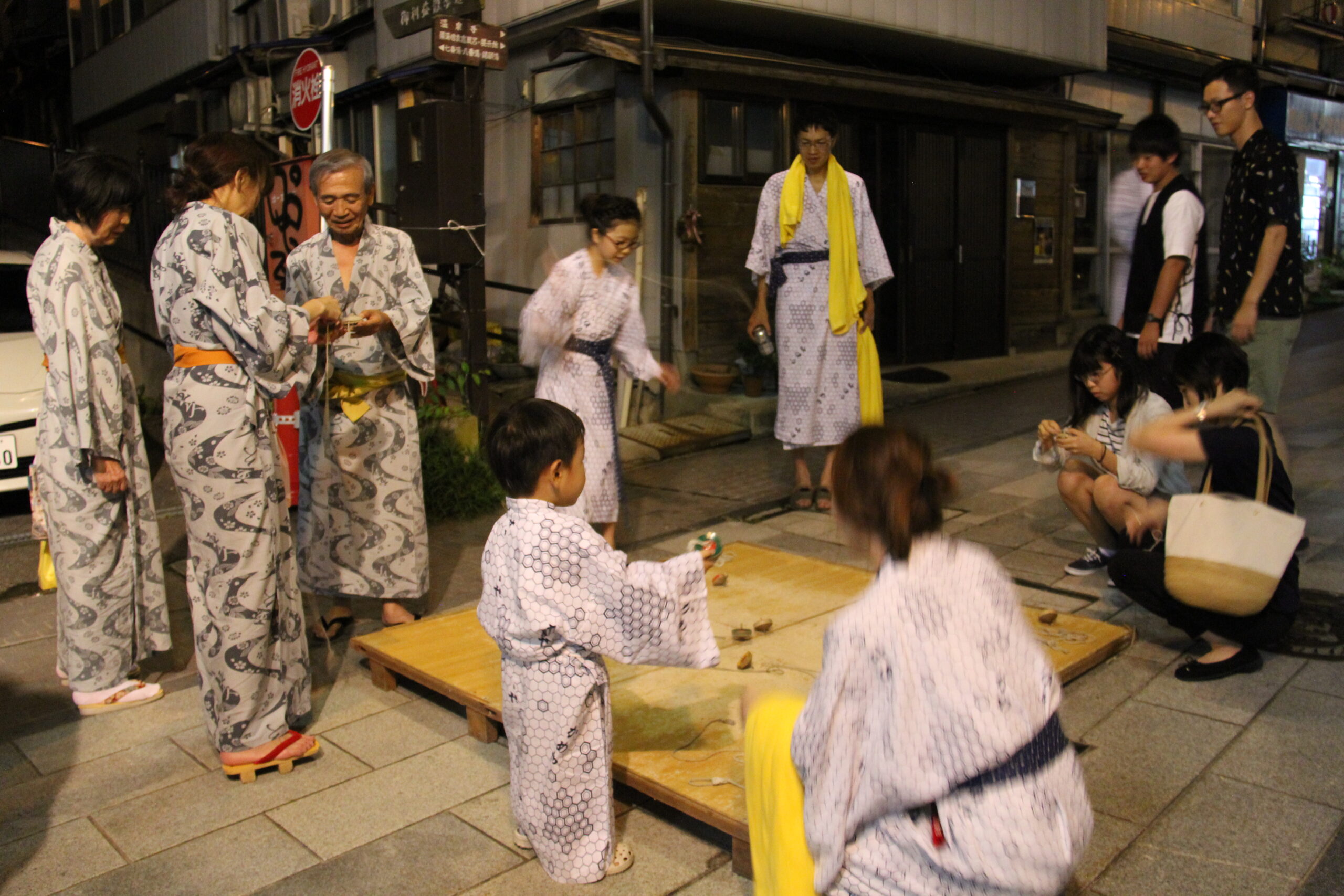
-- Babies, infants and young children can enter either onsen with their parent, regardless of gender. A good rule of thumb is that while the child is comfortable to do so, it’s appropriate for them to enter either onsen.
-- Onsen are not pools and children should not be allowed to run, splash or yell. Please ensure they do not for their own safety and comfort of other guests.
-- As stated above, onsen waters can often be hotter than you might expect. While it is typically recommended for adults to limit time in the onsen to around 30 minutes, this time should be even shorter for young children.
進入溫泉:一步一步的說明
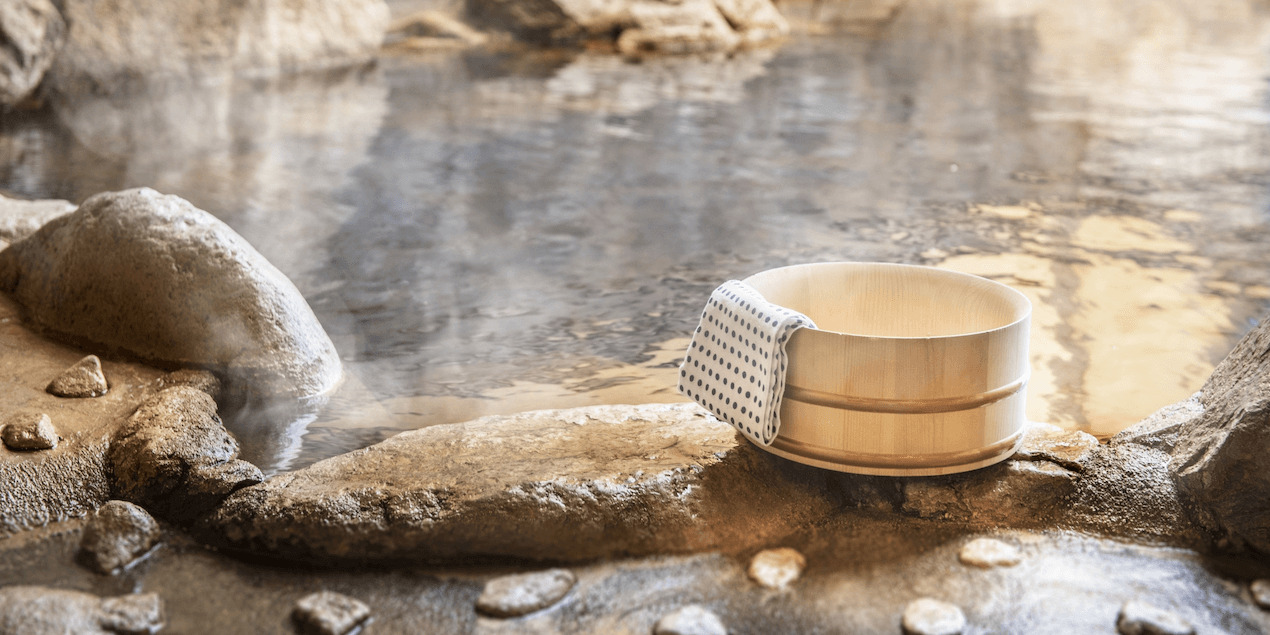
Many onsen refuse entry to guests with tattoos. There are historical reasons for this but attitudes are also changing. Guests with tattoos should always check first before entering to avoid any awkward interactions once in the onsen.
-- Ensure you are properly prepared for the onsen. While many onsen provide the basics, consider bringing your own toiletries, a larger towel, and a change of clothes. If you wear contact lenses, opt for glasses for ease. Most onsen locations allow you to rent a large towel for a fee at the front desk.
-- Once you've checked in at the front desk and have been directed to the baths, ensure you are entering the correct onsen! While many will use the English words for men’s and women’s, others may only display the ‘kanji’ character. For men, look for 男 (‘otoko’ meaning male) and for women, look for 女 (‘onna’ meaning female).
-- After entering the onsen area and passing through the curtains, you will likely see another entryway. Take off your shoes and leave them at the entrance or inside a shoebox.
-- Inside the locker room area, there will usually be a changing room with lockers or baskets. Remove all clothes – yes, all clothes – and place your clothing and large towel in a locker or basket.
-- You are now ready to enter the bathing area. The only things you can take with you is your small towel and locker key (if required).
-- It’s now time to wash. Sit on a stool and thoroughly wash your body and if you want, also wash your hair. Guests with long hair should tie it so it doesn’t enter the water.
-- Wash bowls are usually on-hand to allow you to throw water over yourself. Once done, make sure you are clean of any soap and place everything back as you found it.
-- You can now enter the bath and ensure nothing above your neck is below the water surface.
-- Your towel should not enter the water but instead can be placed to the side of the bath or atop of your head, as long as it’s out of the water.
-- When leaving the onsen, some people choose to wash themselves down again with the shower – especially if the water is acidic or sulfuric – but there’s no requirement to do so.
-- As you leave and re-enter the change room, ensure you wipe yourself down as best as possible to avoid creating a mess in the change room.
這將很快成為第二性質,你將能夠完全放鬆地進入體驗。
幫助你放鬆的提示
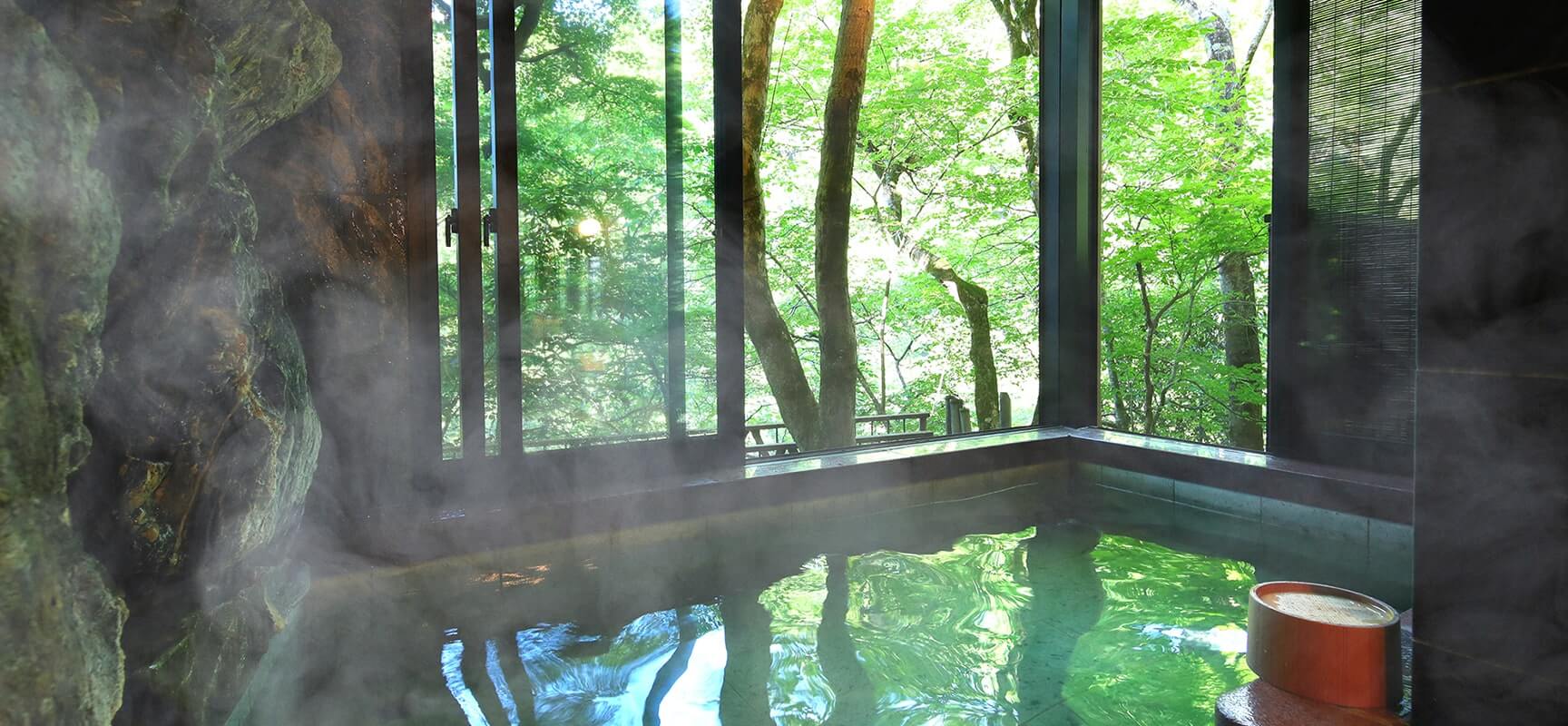
在日本,享受溫泉是一項必做的活動。但如果你仍然對這樣做感到緊張,以下幾點可能會幫助你放鬆到:
-- If you feel uncomfortable, you can use your small towel to discretely cover yourself (but remember, don’t let it enter the water). If you have a tattoo, check that the onsen is happy to allow you in and / or if they require you to cover your ink.
-- If your towel comes in contact or falls into the water by accident, don’t panic. Just wring-out the towel to the side of the pool and place it safely away from edge.
-- Although rare, some onsen may allow you to take alcohol inside. Even if allowed, we recommend that you don’t drink while in onsen. The combination of heated water, steam and alcohol can lead you to dehydrate easily and feel sick quickly.
Many cultures have long recognized the health benefits of soaking in hot and mineral springs. From the Romans and their famous baths, to present-day Scandinavia and many other examples, people have been seeking-out natural hot and mineral springs for as long as we have records. Perhaps more than any other country, Japan has always acknowledged the many – some known and some presumed – benefits of regularly making use of its many naturally-occurring hot springs. Originally used for medicinal purposes, many people now visit onsen purely for relaxation with the curative properties of specific hot springs also still attracting many visitors.
我們的家鄉長野和日本中部地區是該國一些最具歷史意義和最好的溫泉小鎮的所在地。我們的 "長野和日本中部20個最佳溫泉小鎮 "頁面告訴你在哪裡可以找到它們,以及你為什麼要來這裡--所以趕緊來吧,享受該地區所能提供的最佳服務。















